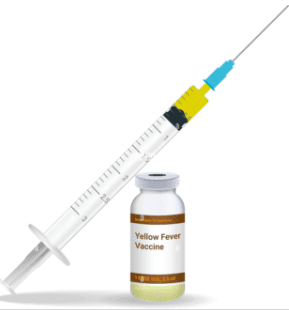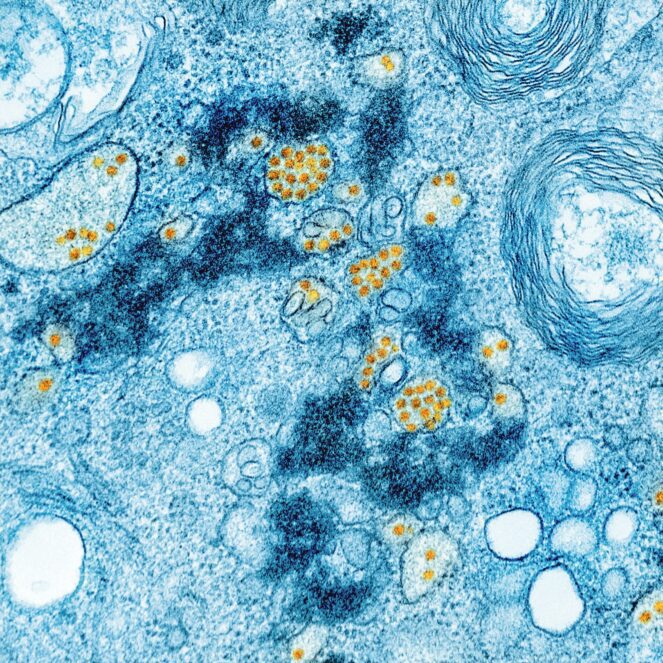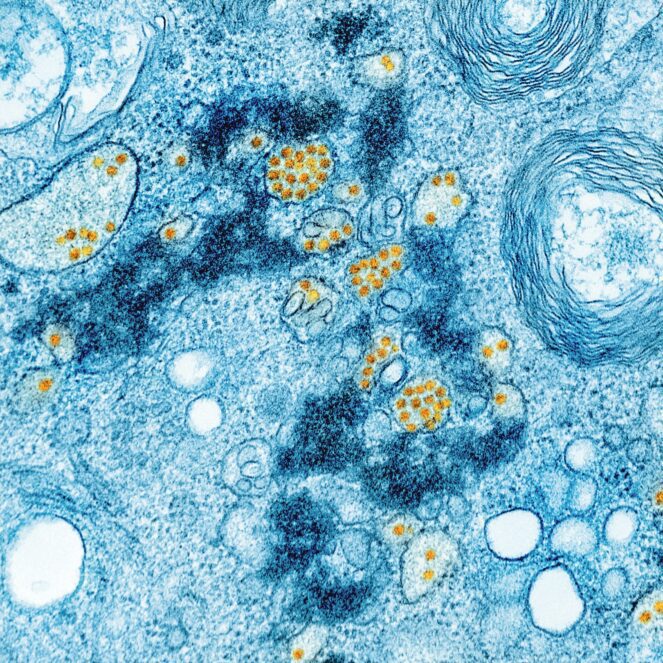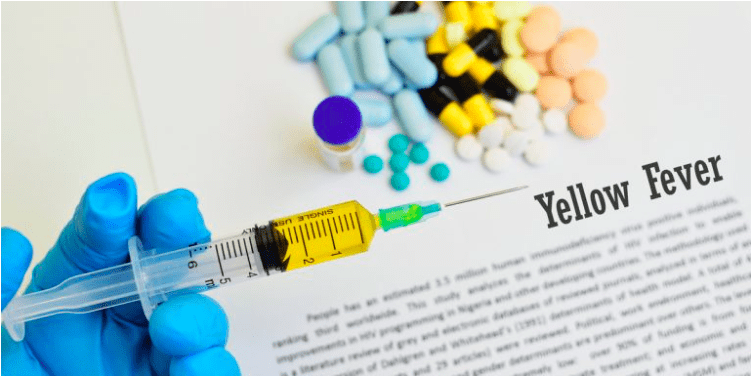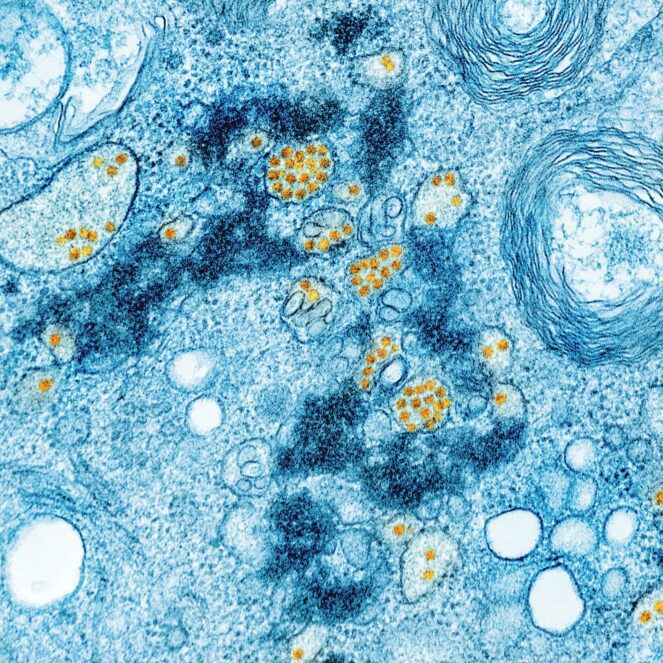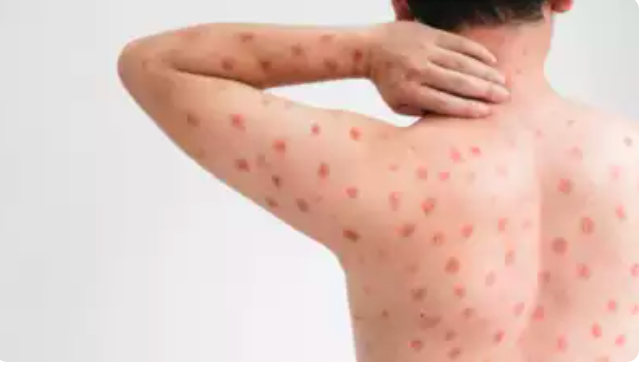Health
The Importance of Yellow Fever Vaccination in Kenya
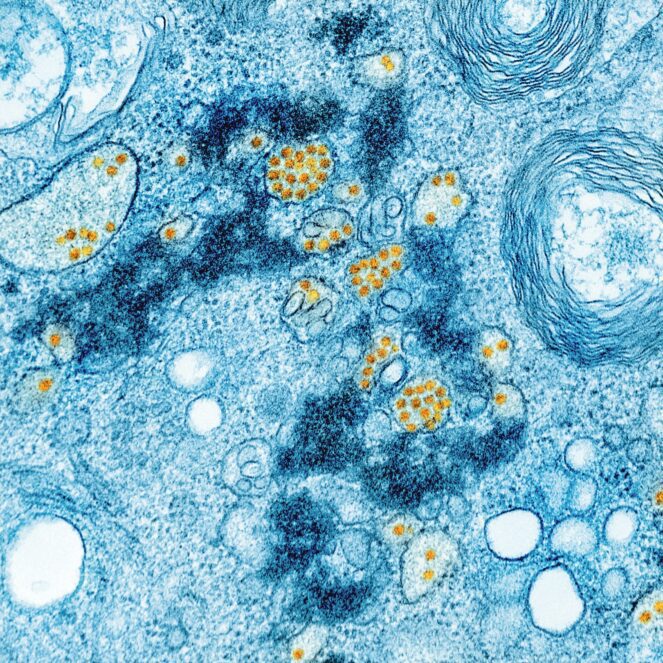
The Importance of Yellow Fever Vaccination in Kenya
Yellow fever is a viral disease transmitted by mosquitoes. It can cause severe illness and even death if left untreated. In Kenya, yellow fever vaccination is required for both residents and travelers to prevent the spread of this dangerous disease. In this blog post, we will explore why yellow fever vaccination is necessary in Kenya and how it plays a crucial role in public health.
Understanding Yellow Fever
Yellow fever is caused by the yellow fever virus, which is primarily transmitted through the bite of infected mosquitoes. The disease can lead to symptoms such as fever, headache, muscle pain, nausea, and jaundice. In severe cases, it can cause organ failure and hemorrhage, earning it the name “yellow fever” due to the jaundice it causes.
The Impact of Yellow Fever in Kenya
Kenya, like many other African countries, is at risk of yellow fever outbreaks due to its tropical climate and the presence of the Aedes mosquito, the primary vector for the virus. The disease poses a significant threat to public health, as it can spread rapidly and result in high mortality rates if not controlled.
Prevention through Vaccination
Yellow fever vaccination is the most effective way to prevent the spread of the disease. The vaccine provides long-lasting immunity and is recommended for all individuals aged nine months and older, including residents and travelers to Kenya. It is administered as a single dose and offers protection within ten days of vaccination.
Vaccination Requirements in Kenya
In Kenya, yellow fever vaccination is mandatory for travelers arriving from countries with a risk of yellow fever transmission. Proof of vaccination is required at the port of entry, and individuals without a valid yellow fever certificate may be denied entry or subjected to vaccination on arrival. This measure aims to protect both the local population and visitors from the potential spread of the disease.
Access to Yellow Fever Vaccination
Yellow fever vaccination is widely available in Kenya through various healthcare facilities, including hospitals, clinics, and designated vaccination centers. It is essential to seek vaccination at least ten days before traveling to ensure full protection. Travelers should consult their healthcare provider or visit the nearest vaccination center for guidance on the vaccination process.
Safety and Side Effects
Yellow fever vaccination is generally safe and well-tolerated. However, like any vaccine, it can cause mild side effects such as soreness at the injection site, low-grade fever, and headache. Serious adverse reactions are rare but can occur. It is important to discuss any pre-existing medical conditions or allergies with the healthcare provider before receiving the vaccine.
The Global Effort to Control Yellow Fever
Yellow fever vaccination is not only crucial for individual protection but also plays a vital role in global efforts to control the disease. The World Health Organization (WHO) leads international initiatives to ensure widespread access to the vaccine and supports countries in implementing effective vaccination strategies to prevent outbreaks and reduce the burden of yellow fever.
FAQs:
1. Who needs yellow fever vaccination in Kenya?
Yellow fever vaccination is required for both residents and travelers arriving from countries with a risk of yellow fever transmission.
2. How long does yellow fever vaccination provide protection?
Yellow fever vaccination provides long-lasting immunity and is effective for at least ten years.
3. Are there any side effects of yellow fever vaccination?
Common side effects of yellow fever vaccination include soreness at the injection site, low-grade fever, and headache. Serious adverse reactions are rare.
4. Where can I get a yellow fever vaccination in Kenya?
Yellow fever vaccination is available at hospitals, clinics, and designated vaccination centers in Kenya.
5. Is yellow fever vaccination safe for everyone?
Yellow fever vaccination is generally safe for most individuals. However, it is important to discuss any pre-existing medical conditions or allergies with a healthcare provider before receiving the vaccine.
6. Can I travel to Kenya without a yellow fever vaccination?
Travelers arriving from countries with a risk of yellow fever transmission are required to have a valid yellow fever certificate. Without vaccination, entry into Kenya may be denied or vaccination may be administered on arrival.
7. How does yellow fever vaccination contribute to global efforts?
Yellow fever vaccination plays a crucial role in global efforts to control the disease by preventing outbreaks and reducing the burden of yellow fever worldwide.
Conclusion:
Yellow fever vaccination is a necessary measure to protect individuals and communities from the devastating effects of this viral disease. In Kenya, where the risk of yellow fever transmission exists, vaccination is mandatory for travelers and recommended for residents. By adhering to vaccination requirements and seeking timely immunization, we can contribute to the prevention and control of yellow fever in Kenya and beyond.
-

 Trending Stories1 year ago
Trending Stories1 year agoCDC: 1 in 4 Americans Still COVID-Free by End of 2022
-

 Health5 years ago
Health5 years agoMeghan Trainor Shares Motivational New Song ‘Blink’
-

 Health2 years ago
Health2 years agoHow Long Does Monkey Pox Last Before It Surfaces in the Body?
-

 Health2 years ago
Health2 years agoWhat Causes Swollen Body? Understanding Edema and its Triggers
-

 Health5 months ago
Health5 months agoHow Do Pawpaw Seeds Support Cardiovascular Health?
-

 Health3 years ago
Health3 years agoNutrition and the Importance of a Fitness Program – 3 Things to Know
-

 Health3 years ago
Health3 years ago5 Weird Reasons Why Pimples Disappear After Marriage
-

 Health2 years ago
Health2 years agoHealth Benefits Of Pawpaw Seed? 7 Things To Know


